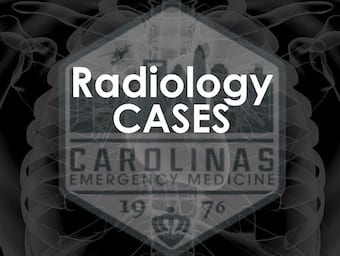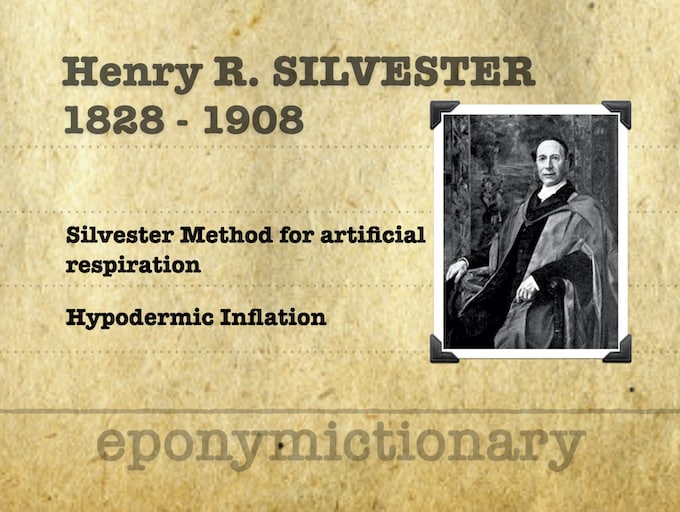
Pacific Island Playlist: The power of FOAMed
Pacific Island Playlist – Track 4: The power of FOAMed with Alexandra Presler and Cian McDermot

Pacific Island Playlist – Track 4: The power of FOAMed with Alexandra Presler and Cian McDermot

Changing the face of triage: use of ultrasound in the field with Chris Partyka at SMACC 2019

High quality Virtual Reality (VR) gaming is not a thing of the (dystopian) future; the technology is here and showing promising therapeutic benefits for patients.

May 2021 Adult Emergency Medicine Chest X-ray interpretation with Travis Barlock, MD and Breeanna Lorenzen MD

Mulinda Nyiendra discusses standardising pre-hospital care in Africa and some of the major issues experienced such as access to prehospital care services.

Let’s face it, your real life is too strange for fiction. Creativity in: non fiction (Storytelling in medicine) with James Maskalyk

Coda ETHICS: Conversation 4. Redesigning healthcare systems to be more accessible.

Henry Robert Silvester (1828-1908) was an English physician. Eponym: Silvester method of artificial respiration; and hypodermic inflation to prevent drowning...

Coda ETHICS: Conversation 3. Healthcare should be equitable and accessible for everyone, but what exactly is equitable access to healthcare?

Edward Mott Moore (1814-1902) was an American Surgeon. Best known for his eponymous description of the Moore fracture in 1870

Coda ETHICS: Conversation 2. Inspiring healthcare to embrace accessibility will deliver better patient outcomes.

May 2021 Adult Abdominal imaging cases and interpretation with Michael Avery; Joshua Davis; Kelsey Lena and Kyle Cunningham, MD